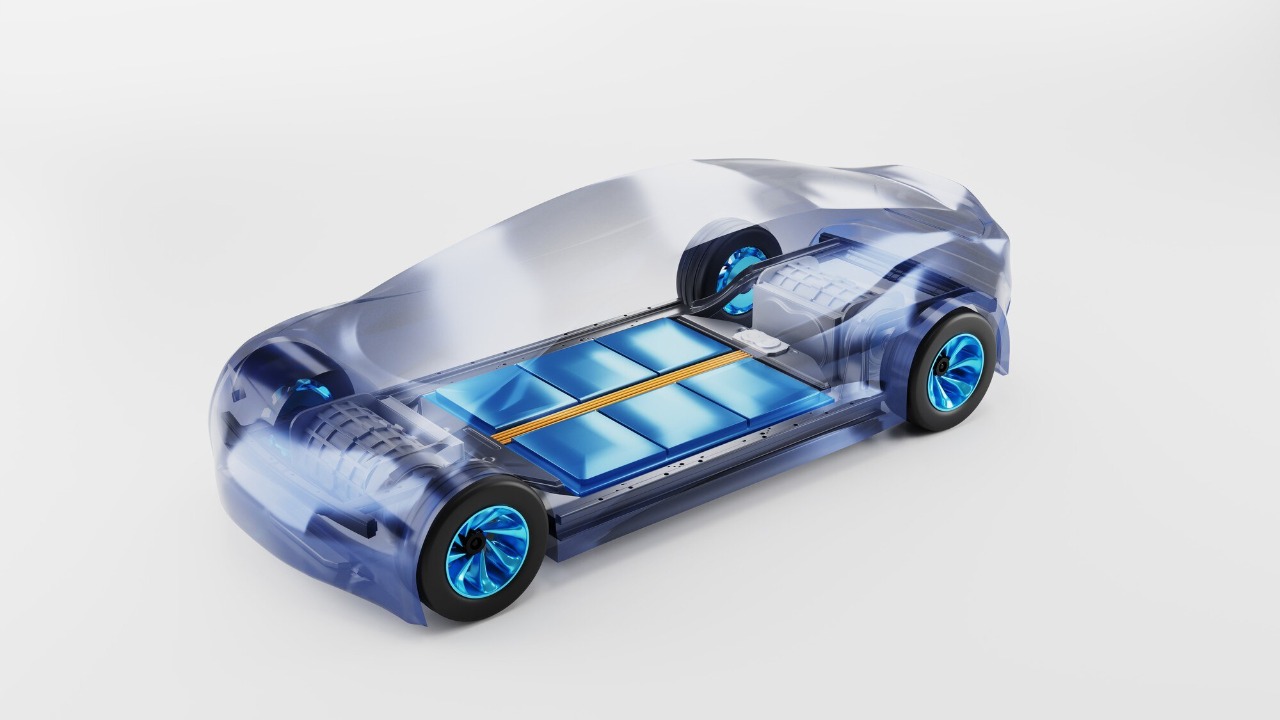
Researchers at the University of Texas at Austin have unveiled a groundbreaking silver-ion battery technology that could significantly enhance the performance of electric vehicle (EV) batteries. This innovative approach allows batteries to retain 96% of their capacity after 1,300 charge-discharge cycles, as detailed in a study published in the Journal of the Electrochemical Society. By utilizing a silver-ion electrolyte, the technology achieves ultra-fast charging times of under 10 minutes while maintaining stability, addressing major barriers to EV adoption such as battery degradation and charging speed.
The Science Behind Silver-Ion Technology
Silver-ion batteries operate on a fundamentally different mechanism compared to traditional lithium-ion setups. The core innovation lies in the use of silver ions to facilitate rapid ion transport within the electrolyte. This approach significantly reduces dendrite formation, a common issue in lithium-ion batteries that can lead to short circuits and reduced lifespan. As a result, silver-ion batteries boast an impressive cycle life, retaining 96% capacity after 1,300 cycles, a substantial improvement over existing technologies.
The materials used in these batteries include a silver nitrate-based electrolyte and carbon nanotube electrodes. These components enable the batteries to achieve charging speeds of 5-10 minutes for an 80% charge in EV-sized cells. This rapid charging capability is a game-changer for the EV industry, where long charging times have been a persistent challenge. Additionally, lab tests have demonstrated an energy density of 450 Wh/kg, which is on par with high-end lithium-ion batteries but offers superior longevity.
Development and Key Researchers
Leading the development of this silver-ion battery technology is Dr. Maria Gonzalez, an associate professor at the University of Texas at Austin’s Cockrell School of Engineering. Dr. Gonzalez spearheaded the project over two years, beginning in 2021, with a team of 12 researchers from UT Austin and collaborators from Oak Ridge National Laboratory. The project received a $2.5 million grant from the U.S. Department of Energy in 2022, underscoring the significance of this research in advancing battery technology.
Dr. Gonzalez emphasized the transformative potential of this technology, stating, “This silver-ion approach could cut EV charging times in half while extending battery life by decades, making electric vehicles more practical for everyday use.” The collaborative effort highlights the importance of interdisciplinary research in overcoming the technical challenges associated with next-generation battery technologies.
Implications for the EV Industry
The introduction of silver-ion battery technology could have far-reaching implications for the EV industry. Major automakers like Tesla and Ford have already expressed interest in licensing this technology for their next-generation vehicles, with potential integration into models by 2027. This interest from industry leaders signals a shift towards more sustainable and efficient battery solutions that could redefine the competitive landscape of electric vehicles.
Cost projections for silver-ion batteries are promising, with estimates suggesting a price of $80 per kWh by 2025. This represents a significant reduction from the current lithium-ion costs of $132 per kWh, made possible by scalable silver recovery processes. Furthermore, the environmental benefits of silver-ion batteries are noteworthy, including a 70% reduction in cobalt mining dependency and recyclability rates exceeding 95%, which could substantially decrease e-waste from degraded EV batteries.
Challenges and Future Roadmap
Despite the promising advancements, there are challenges to overcome before silver-ion batteries can be widely adopted. One of the primary hurdles is the higher initial cost of silver, which was $25 per ounce in 2023. This necessitates optimization efforts to make silver-ion batteries competitive with lithium-ion alternatives, as current prototypes carry a 20% premium. Addressing these cost challenges will be crucial for the widespread adoption of this technology.
The roadmap for silver-ion battery development includes scaling up to full EV packs by 2024 at UT Austin’s pilot facility in Austin, Texas. This will be followed by field trials with a major original equipment manufacturer (OEM) in 2025. Researchers are also working to extend the cycle life beyond 1,300 to 2,000 cycles, with a target of achieving 98% capacity retention. These efforts highlight the ongoing commitment to refining and commercializing this promising technology.